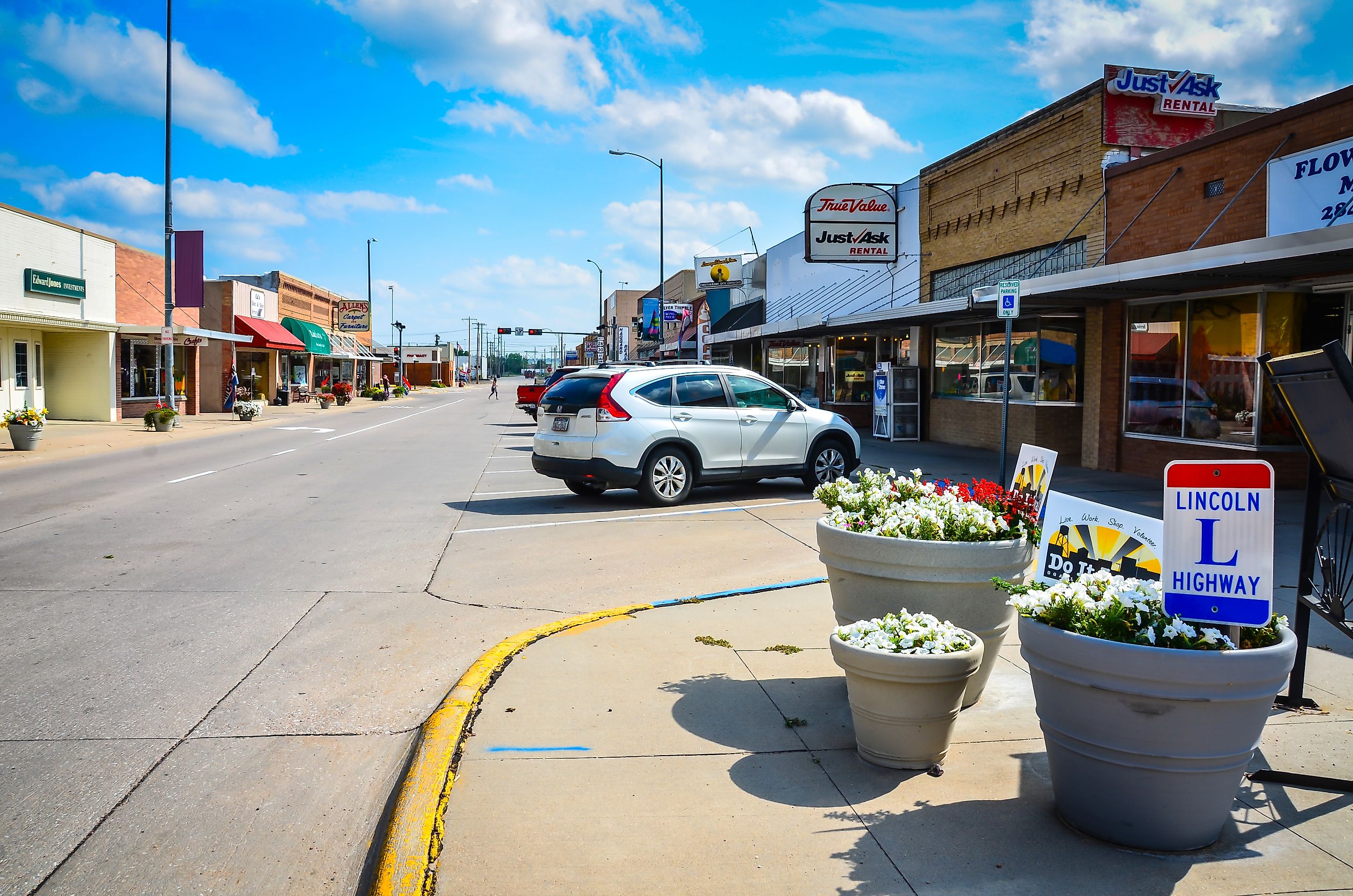
6 Most Unconventional Towns In Nebraska
Nebraska is, for some, the ultimate Midwestern state. The Cornhusker State's plains and broad fields provide endless landscapes for exploration, while its western panhandle hides rock formations that warrant a drive from just about anywhere. Yet the state's conventional parts stand alongside its more unconventional towns and places, starting with oddly named locations like Broken Bow, Ponca, Wahoo, and many more. For a touch of history and a state far from ordinary, Nebraska offers the tourist anything but an ordinary time in the American Midwest.
Broken Bow
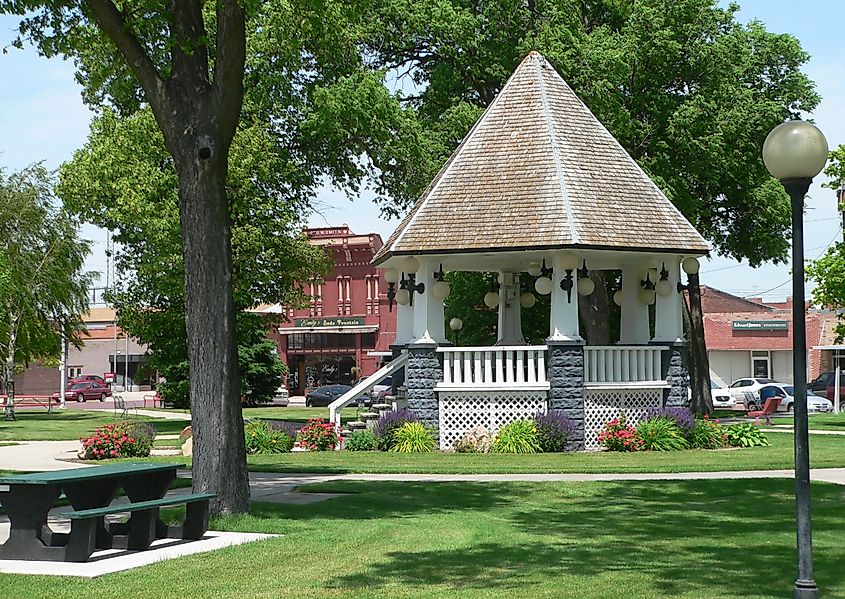
With a town slogan as strong as "Rooted, but not standing still," the unusually named Broken Bow sets itself apart. The town of around 3,500 is located in the middle of the state. Its first post office opened in 1879 and later "platted" (or mapped) in 1882, setting a modest but promising course for the town's future. The flat, rural address destination, straddling the well-named Mud Creek, marks the spot where one of the state's largest cattle feedlot operates, two miles south of town. Its capacity maxes out at 120,000 head of cattle. True to its agricultural lifeblood, Broken Bow stands as a representative example for many a Nebraska town. For a break from hard farmwork, head to Melham Park northeast of downtown for a baseball game or a dip in the Broken Bow Swimming Pool.
Chadron
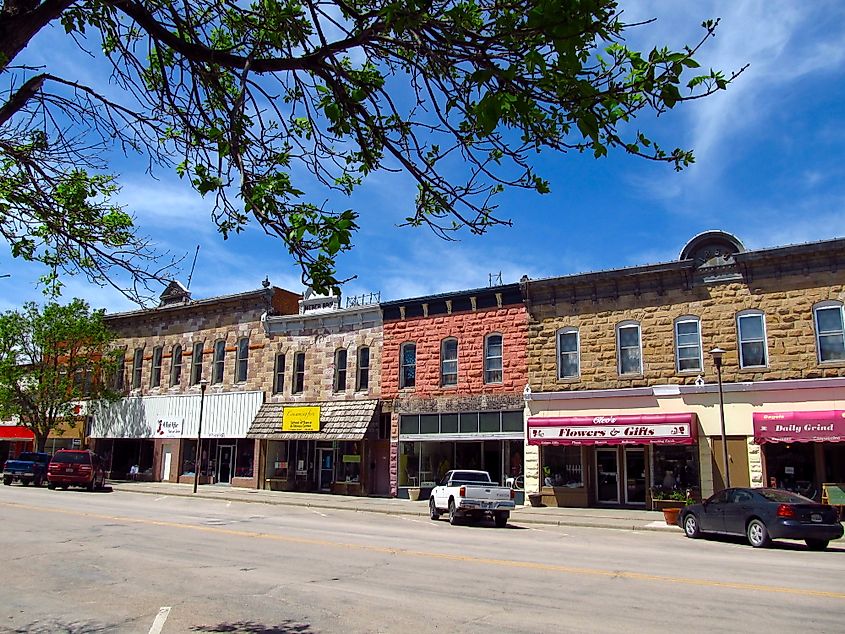
Chadron, population 5,100, is a slightly larger place with more than a few uncommon things to see and do. Chadron State College brings new young people to this northwestern town every fall. The town's Commercial Historic District honors its now-parted, industrious former residents. Once a former fur-trading post, the town now continues that story at the Museum of the Fur Trade, a key driver of westward expansion and settlement.
Nature lovers will find their bliss here, whether at Chadron State Park (the state's first), the nearby Nebraska National Forest, or the Pine Ridge National Recreation Area. Adventurous visitors can choose to walk, hike, or mountain-bike this exceptional terrain, or opt to hunt in the area's various designated areas.
Ogallala
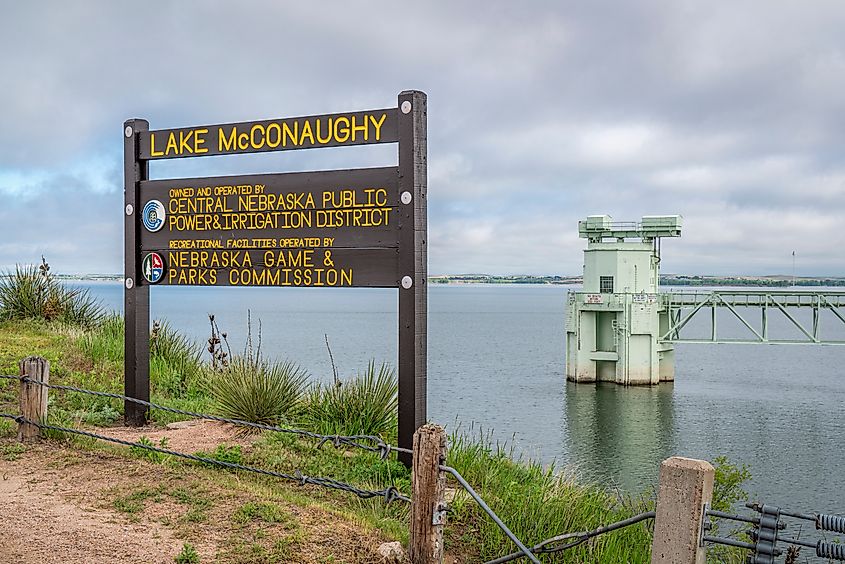
With 4,700 souls, Ogallala, considered the "Cowboy Capital of Nebraska," sets the bar of expectations high for a Western-style good time. It is also home to the largest body of water in the state: Lake McConaughy welcomes water lovers, from swimmers and boaters to wind-surfers, to this otherwise landlocked state. For a true taste of the cowboy lifestyle, head to the Front Street and Cowboy Museum area, where re-enactments and a western-style set of storefronts harken back to the bygone days of the American West.
For a one-of-a-kind experience, look out for Boot Hill, a cowboy cemetery that serves as the final resting place for ranch hands, pioneers, and drifters of all kinds. Try and find the cowboy statue or grave of Rattlesnake Ed, a real-life figure said to have been shot over nine dollars during a card game.
Ponca
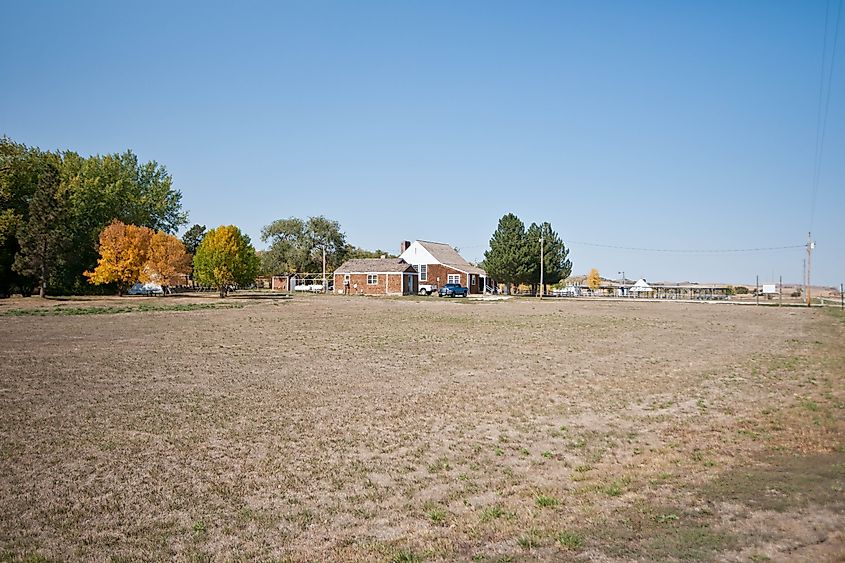
The curiously named Ponca, population just 900, sits among some of Nebraska's finest natural surroundings and a diverse slate of cultural goings-on. The place, in fact, takes its name from a local Native American tribe. Now, the seat of Dixon County, Ponca, sitting at the extreme northeast edge of the state, has a variety of options for light exercise, from downtown Mattison Park to the scenic overlook above the majestic Missouri River north of town.
The historic Adams House Museum, with an adjoining blacksmith's shop, provides visitors with a view of metalworking before mass industrialization. Northeast of Ponca proper and true to the region's cowboy legacy, the Arrow B Arena serves as a grounds for horse riding and showing.
Valentine
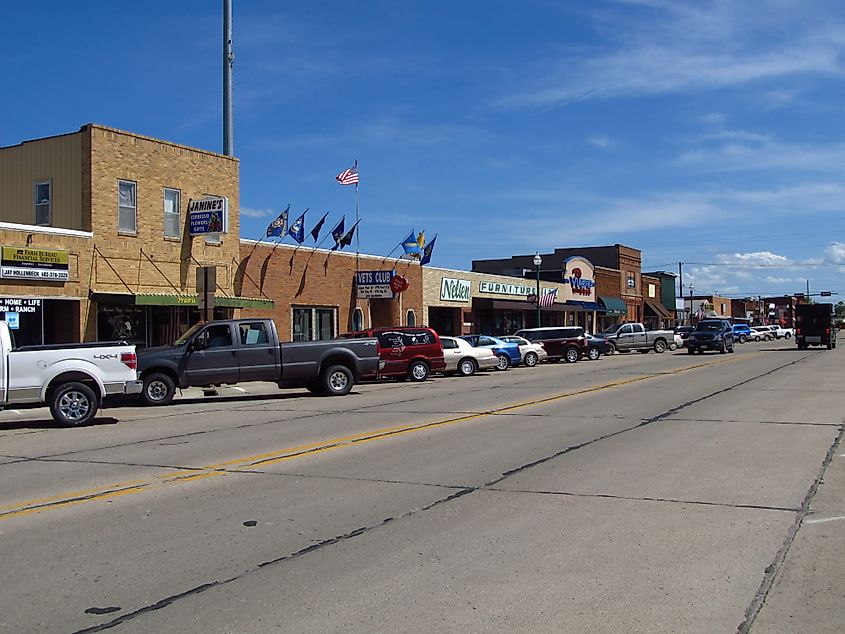
Charming from the start, Valentine, a lovely small town of 2,600 people, lies in north-central Nebraska, just below the South Dakota border. As the seat of Cherry County, Valentine's slogan: "small town, big adventure," has enticed more than a few visitors. Some of those have come because of the town's strange relationship with the two central US time zones: the Central and Mountain zones once divided Valentine's main street.
Adventure lovers will appreciate that the town comes recommended. In 2007, National Geographic named Valentine a place for lively recreation, including horseback riding, paddling the Niobrara River, or getting a taste of cowboy life at the Lord Ranch Resort. The Fort Niobrara National Wildlife Refuge protects local species like bison and white-tailed deer.
Wahoo
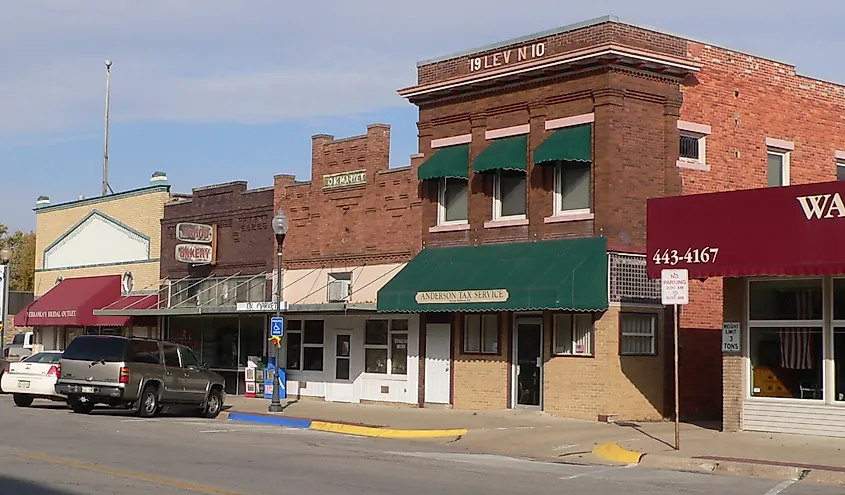
The name Wahoo sounds like a rebel yell, but with 5,000 residents, the place is a respectable small town. As a sportsman's playground, the place welcomes fishermen and boaters to Lake Wanahoo nearby. For a touch of culture, seek out the Howard Hanson House, the home of Pulitzer Prize-winning music composer Howard Hanson. The Saunders County Historical Society Museum, also in town, presents lively displays of life in the region, with more than 25,000 artifacts preserving the past for the present and future students of local history.
Unusual Or Exceptional? Nebraska's Towns Are Worth A Visit
It is clear that Nebrask's towns like these, whether classically Midwestern or a little more unconventional, have much to offer the curious tourist. Broken Bow and Chadron remember the early and enduring animal-based industries of the state. Ogallala and Ponca offer a glimpse at frontier days and cowboy ways that Nebraskas still take pride in today. Valentine and Wahoo hold out adventure in spades, be it through outdoor sports or the conservation efforts needed to protect beloved Plains species of wildlife. For all tastes and travelers, Nebraska's unconventional towns are far from uninteresting.











